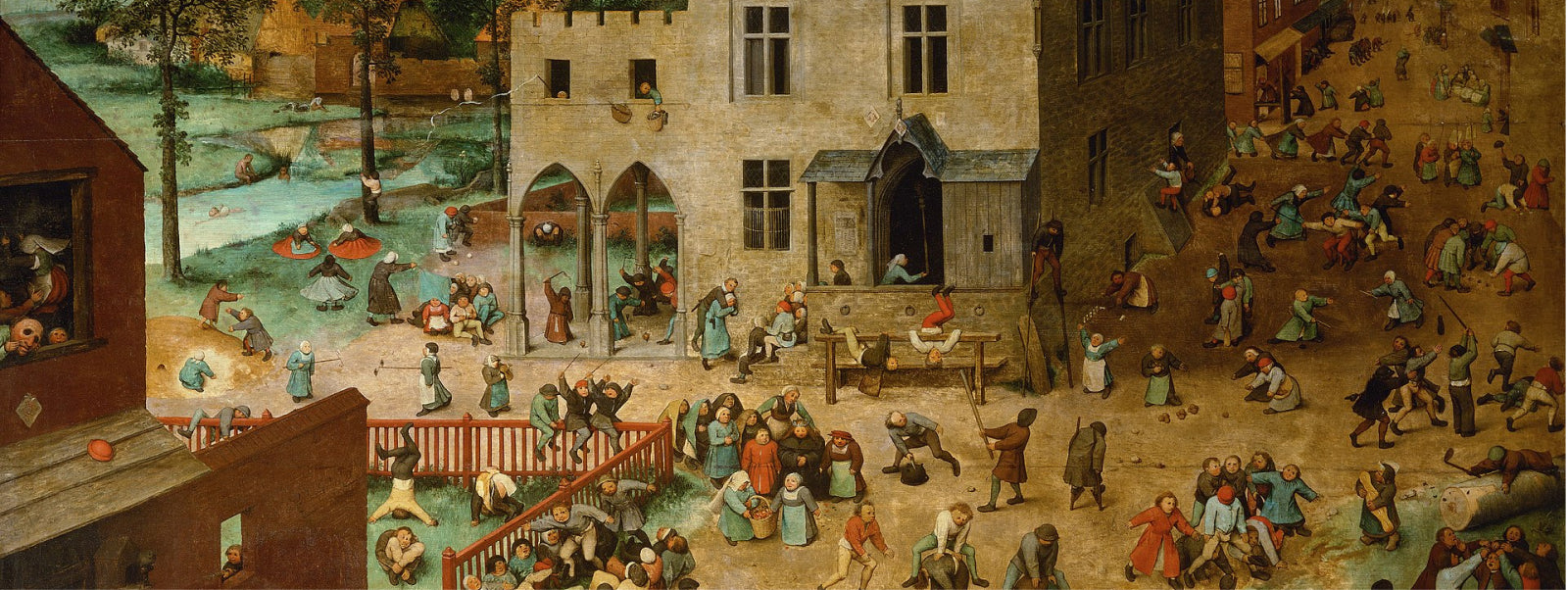Introduction
The purpose of this guide is to help you navigate the different pillow options for your young ones. In this guide we cover ages 0 - 10 considering the make, comfort, and safety concerns at every age.
Age 0-2: Pillows For Infants?
As many parents know, it’s not recommended to have anything in your 0-2 year olds crib. The American Academy of Pediatrics (AAP) recommends a completely bare crib, so no pillow or blanket, for babies to reduce the risk of Sudden Infant Death Syndrome (SIDS).
However, for moms of children in this age range we recommend getting a high quality nursing pillow. Something that will support the mom and baby when feeding. Things to consider when picking out a nursing pillow is fit (some are made one size fits all) and pillow material. Make sure to get a nursing pillow that is all natural and doesn’t have any synthetic materials or chemicals.
Age 2-4: Pillows For Toddlers
Toddler Pillow: As children transition from infants to toddlers, they may benefit from a toddler-specific pillow. Somewhere close to 13x18 inches is the ideal size for a toddler pillow. These pillows look like travel pillows and wouldn’t be suitable for adults (obviously). You should pick a pillow that’s flatter because toddlers don’t need as much support since they have a small shoulder to neck gap. Also flatter pillows are easier for toddlers to manipulate as they sleep. Avoid pillows that are overly dense and are made of form fitting materials.
What to Look For: Look for a pillow that’s made of a hypoallergenic material and something natural. As you’d guess our first pick is wool. Wool is naturally hypoallergenic and is 100% natural without any of the synthetic toxins you find in memory foam or polyester fiber.
You can also get a fun pillow case, just make sure it’s made of something all natural (avoid polyester here too).
Age 4-6: The Growing Years
Thinner Pillows: Children aged 4 to 6 may still prefer thinner pillows that provide ample support while allowing them to sleep comfortably in various positions. At this age they should be more than ready for a pillow that’s a little denser.
Allergy Considerations: Again, make sure you’re considering allergies when picking out a pillow. Also make sure to avoid a pillow that doesn’t do well in moist environments since it could cause the buildup of dust mites and other allergenes.
Age 6-8: The Pillow Preference Emerges
Pillow Preference: By the time children reach 6 to 8 years old, the most important consideration is going to be comfort. At this point they can handle all sorts of pillows so make sure they are using one that works for them. You still want to avoid pillows that are laced with artificial chemicals and have synthetic flame retardants. These chemicals can shed during a process known as off gassing and cause all sorts of health issues.
Age 8-10: Almost Grown-Up
Standard Pillows: Children in this age range could be more than ready for an adult sized pillow so adjust as needed. They may start to care more about aesthetics than anything else once they reach this age.
General Pillow Buying Tips for Children
Pillow Materials: Opt for pillows made from hypoallergenic materials and materials that are all natural. Memory foam, synthetic latex, polyester and pillows that have chemical flame retardants should be avoided. These pillows can cause health issues and fatigue because of the chemicals they shed so opt instead for something natural. Down, natural latex, and wool are all great choices in this regard.
Washable Covers: Look for pillows with removable, machine-washable covers. And if your pillow doesn’t come with one make sure to buy one. Children can be quite messy so there is a good chance that you’ll have to clean the pillow more than once.
Safety First: Always prioritize safety. Make sure that you are getting the appropriate pillow for each age. Consult with your pediatrician if you are in doubt.
While picking a pillow for your toddler or young child shouldn’t be too complicated make sure you get the right pillow to fit their growth. If you’re in doubt check out some of our other guides on pillow material and the different types of pillows.

 Back to Blog
Back to Blog